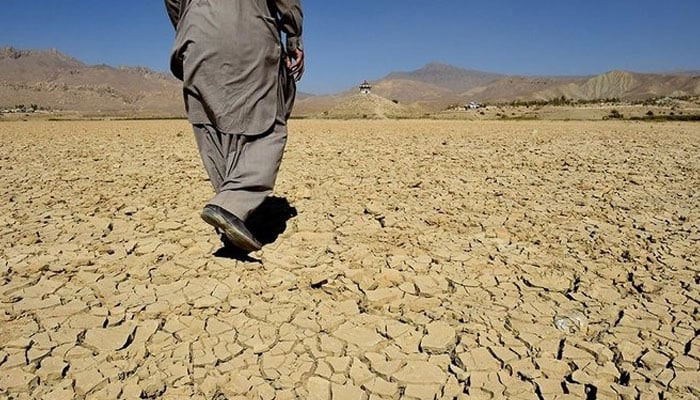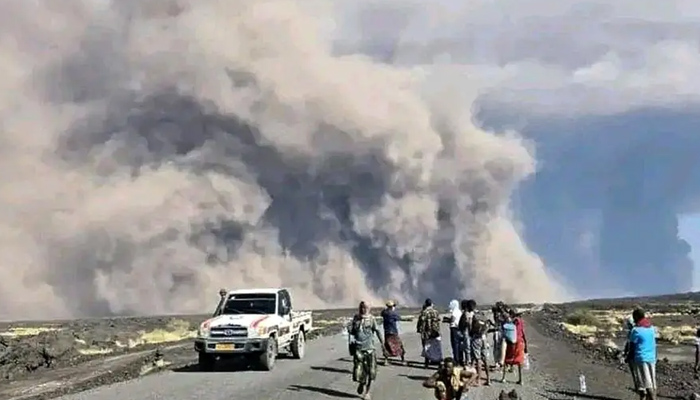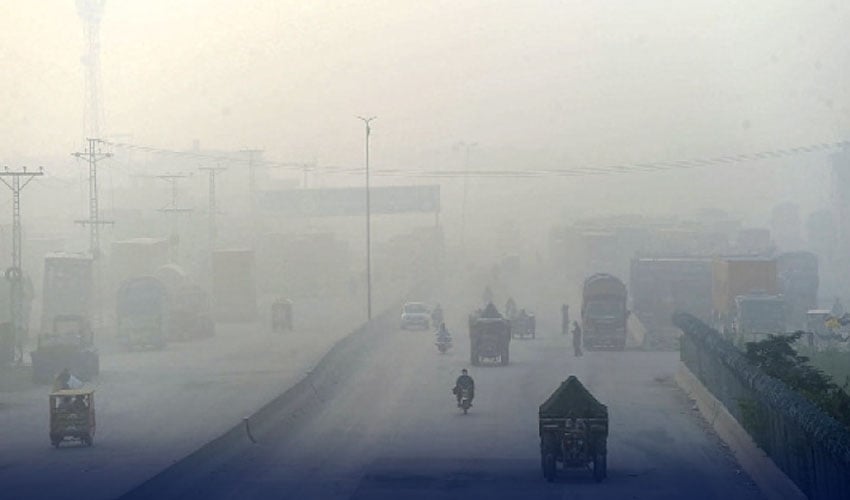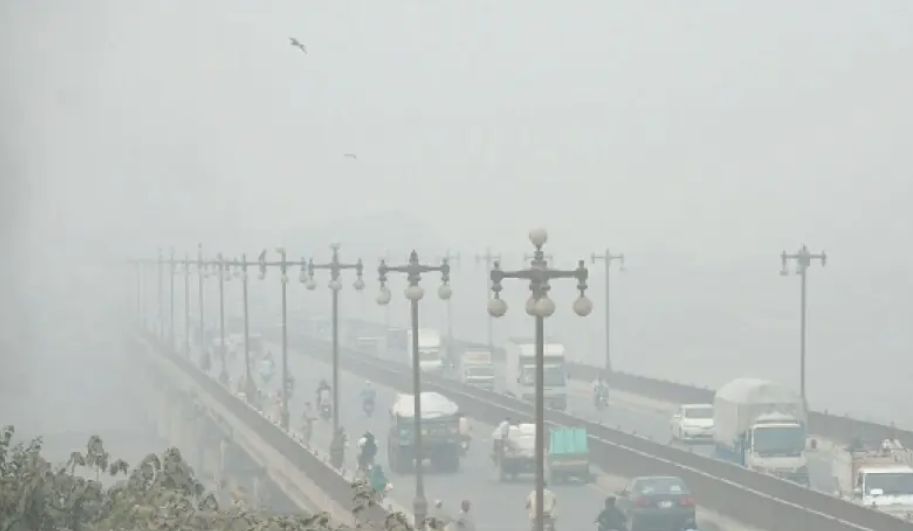Climate

The province of Balochistan is facing an escalating drought crisis due to a prolonged lack of rainfall, with severe impacts on water availability, agriculture, and livestock. Experts warn that the situation is worsening as groundwater levels continue to fall rapidly across multiple districts.
According to the Pakistan Meteorological Department, several districts — including Quetta, Chagai, Kharan, Washuk, Panjgur, Kech, and Gwadar — have received little to no rainfall this year. The persistent dry spell has caused widespread water scarcity, threatening livelihoods dependent on farming and livestock.
Meteorological data reveals that from January 21 to September 30, Jiwani recorded 253 consecutive dry days, Dalbandin 214, Nokundi 202, and Panjgur 173 — one of the longest dry stretches in the province’s recent history.
Deputy Director of the Meteorological Department, Muhammad Afzal, said the province’s western belt — stretching from Zhob to Gwadar, including Rakhshan and Makran divisions — has been in a drought-like situation for the past six months. He added that “the water table is dropping dangerously, leading to shortages for domestic and agricultural use.”
Director General of the Environmental Protection Agency, Ibrahim Baloch, attributed the crisis to climate change, noting that “some areas face flooding from excessive rainfall, while others suffer from extreme drought.”
He said the government is considering a cloud-seeding (artificial rainfall) initiative to mitigate the drought’s impact. “Artificial rainfall could be used to provide relief in the most affected areas,” he explained.
However, the Meteorological Department has warned that no significant rainfall is expected in November or December, suggesting the drought may worsen in the coming months.
Authorities have urged the implementation of long-term measures, including water conservation, securing groundwater sources, and large-scale tree plantation drives to mitigate the effects of climate change.
The ongoing crisis underscores Balochistan’s growing vulnerability to climate extremes, as the province oscillates between devastating floods and prolonged droughts, leaving its population and economy increasingly at risk.




